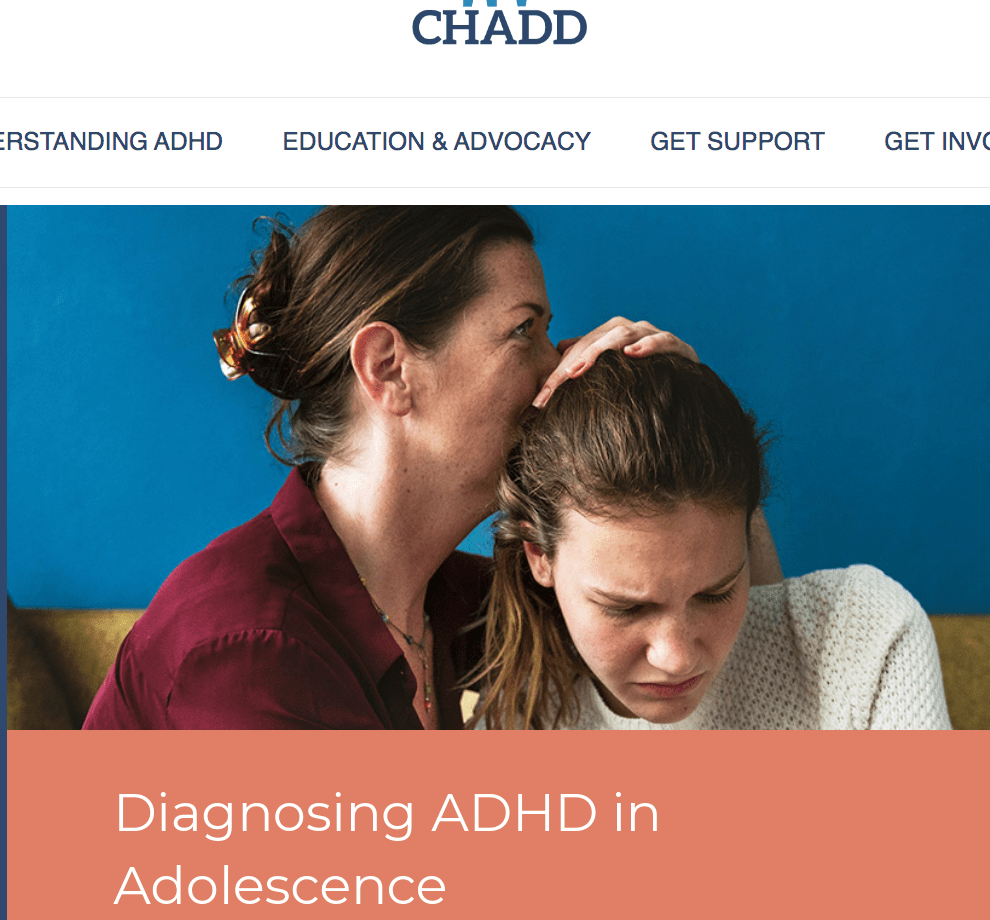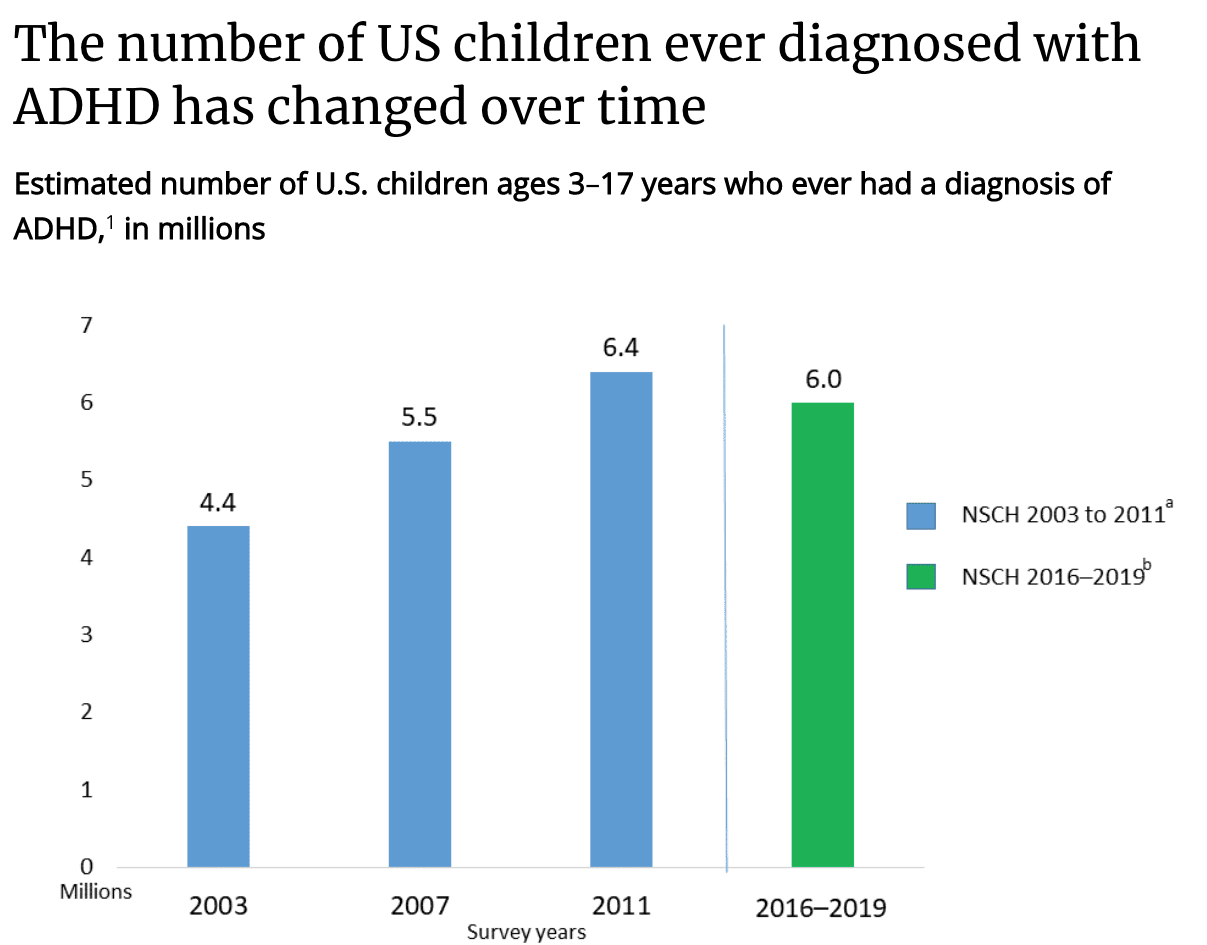What is The Problem With ADD Test for Adults?
Executive Summary
- ADHD checklists used in an ADD test for adults have an undisclosed financial conflict and interference from pharmaceutical companies.

Introduction
If you go in for an ADD test for adults or take such a diagnosis online, you will be subject to biased and inaccurate information that pharmaceutical companies have crafted.
We have no financial conflicts or other connections to drug companies or medical establishments. We will use our independence to review some of the information from these websites.
How Does the Term ADD Differ From the Term ADHD?
It is a natural question to ask, what is the difference between ADD and ADHD symptoms in adults?
ADD is simply an older term and euphemism for ADHD. This article discusses ADD, but it is used interchangeably with ADHD, so really, Signs of ADHD in adults are the same as signs fo ADD in adults.
The medical profession has made a big deal about the distinction between these terms, but they both describe a lack of attention. The difference in the terms is that the word hyperactive was added (the H). However, this was not an improvement in the term because not all types of ADHD are hyperactive. Therefore, if a type of ADHD is not hyperactive, why is the term ADHD still used?
How Does Adult ADHD Differ from Childhood or Teen ADHD?
The following explanation of adult ADHD from an article at AdultADHD would greatly expand the number of adults diagnosed with the condition.
Adults with ADHD are likely to show more restraint due to their higher level of maturity and social conditioning, but the inner restlessness remains and may be re-channeled into activities like thrill-seeking behavior, alcohol, drug abuse, reckless driving, incursions with the law, overspending and other socially unacceptable behaviors.
Under this description, virtually any impulsive behavior could be related to ADHD. The explanation around adult ADHD is that it is nearly any performance issue, from poor organization to being forgetful.
Website Example #1: From CHADD
These quotes are from the CHADD website. CHADD is entirely pharma funded but poses as a public interest entity. However, here is how they describe themselves.
The National Resource Center on ADHD (NRC), a program of CHADD, was established to be the national clearinghouse for the latest evidence-based information on ADHD. It is primarily funded through a cooperative agreement with the Centers for Disease Control and Prevention (CDC) National Center on Birth Defects and Developmental Disabilities (NCBDDD). The NRC serves as a National Public Health Practice and Resource Center (NPHPRC) with the mission to provide information, education and consultation about assessment, diagnosis, treatment, and issues of health and well-being for children with ADHD and their families.
They even ask for donations. These two groups do not simply fund them; they receive major pharma funding and a lobbying organization with one objective — increase ADHD drug sales. Furthermore, the CDC and NCBDDD are also highly controlled by drug interests. This means that the US government is funding an organization with its only goal to increase drug sales.
In this video, CHADD plays up the empathy angle. The vast majority of viewers, readers, and those searching for information on ADHD will have no idea they have come across a drug company-controlled website.
CHADD Weights in on ADD test for adults

As you can see, they are constantly playing up the empathy angle. Nowhere do they mention they are a drug promotion website.
Let us review CHADD’s claims about ADHD in adolescence and an ADD test for adults.
Claim #1: The Teen Was Not Diagnosed in Childhood?
Some teens with ADHD were not diagnosed in childhood and may begin to struggle more as demands increase in adolescence. You or your teen’s teachers may suspect that ADHD symptoms are contributing to these struggles. For teens not diagnosed in childhood, obtaining a diagnosis of ADHD in adolescence can be complicated for several reasons. First, to qualify for a diagnosis of ADHD, symptoms must be present in some way prior to age 12; however, recalling symptoms that were present in the past is often difficult. Second, many of the symptoms listed in the Diagnostic and Statistical Manual of Mental Disorders, Fifth Edition (DSM-5) diagnostic criteria are primarily written for younger children (e.g., “runs about or climbs excessively”) and may not be applicable to teens.

Look at the growth in ADHD diagnosis and drug treatment in less than 20 years. If ADHD is being diagnosed broadly, why hasn’t research determined the reason for ADHD?
There has been a massive growth in the diagnosis of ADHD in childhood, and most non-drug affiliated or sponsored specialists in the area think that ADHD is over rather than underdiagnosed in children.
CHADD, of course, as a drug-promoting entity, will not agree with this.
Claim #2: Diagnosing Teens With ADHD is a Great Challenge?
Third, obtaining reliable reports of teens’ symptoms from external observers, such as parents or teachers, is more difficult. This is because adolescents usually have several different teachers, each of whom sees them for only a small portion of the day.
Similarly, you likely have less direct contact with your teen during the teenage years than you did during their younger childhood.
Fourth, as mentioned above, some of the striking symptoms of ADHD, such as extreme hyperactivity, may be more subtle in teens than in younger children. Finally, the presence of other disorders may complicate the diagnosis of ADHD.
However, the overall point of this section is to create uneasiness with parents that their teen has “slipped through the cracks” and is running around with undiagnosed and untreated ADHD.
The entire framing is, “your teen probably has ADHD, and you don’t know it.”